
If you’re looking for a powerful, non-invasive wellness tool that supports healing, reduces inflammation, boosts skin health, and promotes relaxation, red light therapy might be your new best friend. Backed by growing clinical research, red light therapy is increasingly used by dermatologists, physical therapists, and even surgeons for its restorative benefits.
This comprehensive post will explore the benefits of red light therapy, explain the difference between red light, near-infrared, and far-infrared light, examine FDA status, provide contraindications, and reference scientific studies that validate its effectiveness.
What Is Red Light Therapy?
Red light therapy (RLT) involves exposing the body to low-wavelength red light, typically in the 620 to 750 nanometer (nm) range. This light penetrates the skin and stimulates the mitochondria, the “powerhouses” of the cells. The result? Enhanced energy production (ATP), better tissue repair, reduced inflammation, noticeable skin improvements and possibly even hair growth.
RLT often includes near-infrared light (NIR), who’s wavelengths can be 700-1000 nm. This longer wavelength means the NIR light can penetrate deeper into muscles and joints which is useful for muscle recovery, pain relief, and post-surgical healing.
My Personal Experience with Red Light Therapy
After undergoing surgery, my surgeon recommended I use red light therapy to support the healing of my incisions. I followed through and genuinely believe it sped up my healing time and promoted overall comfort and relaxation during recovery.
Now, I use my red light panel almost every day—whether it’s to improve skin texture and tone, help my frozen shoulder recover, or simply unwind after a long, stressful day. It’s become an essential part of my wellness toolkit.
Disclaimer: This blog is for informational purposes only and is not intended to provide medical advice. Always consult your healthcare provider before starting any new supplement or injectable therapy.
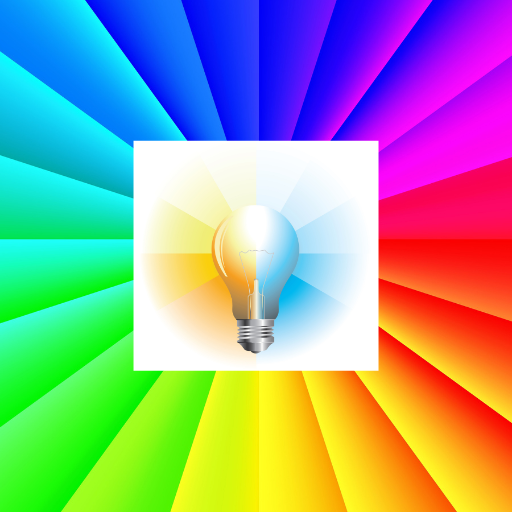
Red Light vs. Near Infrared vs. Far Infrared: What’s the Difference?
Let’s break down the wavelengths to understand what each does and why it matters:
🔴 Red Light (620–750 nm)
- Visible to the human eye
- Primarily affects the skin surface and just below
- Benefits: skin rejuvenation, wound healing, reducing fine lines, collagen production
- Often used in aesthetic treatments and for scars or minor skin issues
🔆 Near-Infrared Light (750–1200 nm)
- Invisible to the eye but penetrates deeper into soft tissue
- Reaches muscles, joints, and even bones
- Benefits: reduced inflammation, joint pain relief, muscle recovery, nerve regeneration
- Common in physical therapy and post-surgical care
🌡️ Far-Infrared Light (3000–100,000 nm)
- Creates thermal (heat) energy
- Promotes sweating and detoxification
- Benefits: relaxation, improved circulation, support for cardiovascular health
- Used in infrared saunas, not typically in red light therapy panels
Each type of light serves a different purpose, but red and near-infrared are the two most commonly used in therapeutic light panels for healing and rejuvenation.
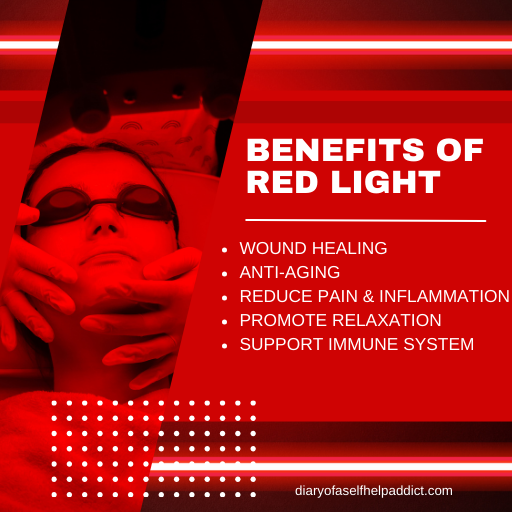
Proven Benefits of Red Light Therapy
Red light therapy has been studied for various conditions. Although continued research is needed, here are some potential benefits of RLT.
1. 🩹 Accelerates Wound and Incision Healing
Red light can stimulate fibroblast activity, which plays a key role in collagen formation and tissue repair. According to the Cleveland Clinic, RLT helps cells function more efficiently, speeding up the healing of wounds, burns, and incisions. (Cleveland Clinic)
2. 👶 Improves Skin Health and Reduces Signs of Aging
RLT stimulates collagen production, making it a go-to for reducing:
- Wrinkles
- Fine lines
- Sun damage
- Acne scars
A 2023 Skin Research and Technology review found that red light therapy improves skin tone, texture, and elasticity. (NIH 2023)
3. 💪 Reduces Inflammation and Pain
NIR light penetrates deeply to reduce joint pain, muscle soreness, and inflammation. It’s commonly used for arthritis, tendonitis, and sports injuries.
A study published in the European Journal of Physical Rehabilitation concluded that photobiomodulation significantly improved pain and functional outcomes in patients with musculoskeletal issues. (NIH 2021)
4. 🧠 Supports Mood and Sleep
Some users report improved mood, reduced anxiety, and better sleep with regular use. This may be due to its effect on melatonin regulation and decreased cortisol levels.
5. 🧘 Promotes Relaxation and Parasympathetic Nervous System Activity
Many users, myself included, find red light therapy deeply calming. The gentle warmth and therapeutic glow are great for nervous system regulation and stress recovery, especially when paired with quiet time or meditation.
6. 🦠 Immune System Support
Another compelling benefit of red light therapy is its ability to support and regulate the immune system. Clinical research suggests that red and near-infrared light can modulate the body’s immune response by:
- ⚖️ Regulating cytokine production, which helps reduce chronic inflammation
- 🧪 Decreasing inflammatory processes associated with injury and autoimmune issues
- 🧬 Stimulating the production of white blood cells, enhancing the body’s ability to fight infections
A 2023 “Anti-inflammatory Effects of Photobiomodulation” study highlights how low-level laser therapy (LLLT) can activate cellular pathways that modulate antiinflammatory and immune responses. (Front Neuroscience)
By calming the body’s inflammatory signals while supporting immune cell function, red light therapy provides a unique, non-invasive tool for overall immune health. This makes it especially helpful during recovery from illness, surgery, or injury.
Is Red Light Therapy FDA Approved?
Yes, red light therapy has FDA approval for several uses, including:
- Wrinkle reduction
- Joint pain relief
- Hair regrowth
- Wound healing
It’s important to note that FDA clearance depends on specific devices and their intended uses. Always ensure the device you purchase is FDA-cleared or medically certified for your desired outcome.
Contraindications: Who Should Avoid Red Light Therapy?
While red light therapy is generally considered safe and non-invasive, there are a few instances where caution or medical supervision is recommended:
- Pregnancy: Consult your OB-GYN before use.
- Photosensitive medications: Such as antibiotics, chemotherapy, or certain acne drugs (e.g., Accutane).
- Active cancer: Particularly skin cancers, unless cleared by a physician.
- Seizure disorders: Bright lights may trigger symptoms.
- Uncontrolled thyroid conditions: May stimulate thyroid activity in sensitive individuals.
Always speak to your healthcare provider before starting red light therapy.
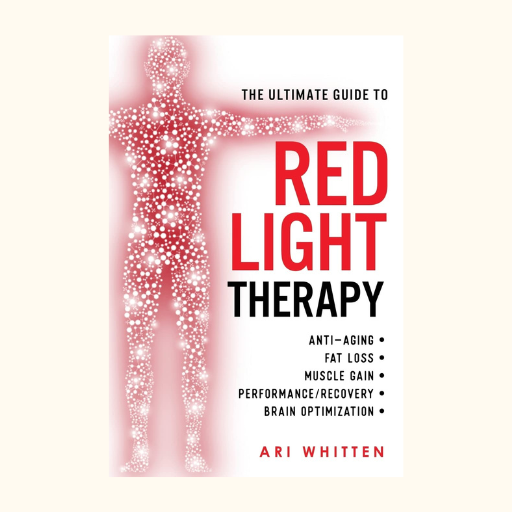
How to Use Red Light Therapy at Home
Whether you’re using a handheld device, a panel, or a red light mask, consistency is key.
✅ Recommended Use:
- 5–20 minutes per area
- 3–5 times a week for best results
- Keep skin clean and dry before exposure.
- Maintain a distance of 6–12 inches from the panel unless otherwise instructed.
Choosing a Quality Red Light Device
With so many RLT devices on the market, here are some tips to choose the best one:
- FDA-cleared or medical-grade
- Dual wavelength options (660 nm red + 850 nm near-infrared)
- Low EMF output
- High irradiance (for deeper tissue impact)
- Quality cooling system to prevent overheating
Some reputable, yet pricey brands include Joovv, Mito Red, PlatinumLED, and NovaaLab. I’ve listed a few of my favorite, more affordable red lights from Amazon below.
Final Thoughts: Is Red Light Therapy Worth It?
Based on clinical evidence, user testimonials, and my personal experience, red light therapy is absolutely worth it. Whether you’re recovering from surgery, dealing with chronic pain, improving your skin, or simply looking for a natural way to support your health, red light therapy offers an effective, relaxing, and drug-free option.
It’s one of the easiest ways to invest in your long-term wellness, and you can do it from the comfort of your own home.
Frequently Asked Questions (FAQ)
Q: How long does it take to see results from RLT?
A: Some users report results in as little as a week, especially for inflammation and skin clarity. However, most benefits are cumulative and noticeable after 4–8 weeks of consistent use.
Q: Can red light therapy help with hair growth?
A: Yes! Clinical trials show that red light can stimulate hair follicles and improve hair density in people experiencing thinning or androgenic alopecia.
Q: Can I use red light therapy every day?
A: Absolutely. Most users benefit from daily use, but even 3–5 sessions per week can yield results.
Let’s Keep Glowing
Have you tried red light therapy? I’d love to hear about your experience! Leave a comment below. Whether using it for skin health, muscle recovery, stress relief, or post-surgery healing, red light therapy could be the wellness upgrade your routine needs.
Are you looking to purchase a red light panel or want help choosing the right one? I’m happy to share what’s worked for me – see below. Remember to share your experience with Red Light Therapy below or message me directly for more info.
Shop This Post
There are so many options when it comes to red lights. Here are a few of my Amazon favs.
AS AN AMAZON ASSOCIATE, I EARN A SMALL COMMISSION FROM QUALIFYING PURCHASES AT NO EXTRA COSE TO YOU. READ MY DISCLOSURE HERE. THANK YOU FOR SUPPORTING MY SMALL BUSINESS!
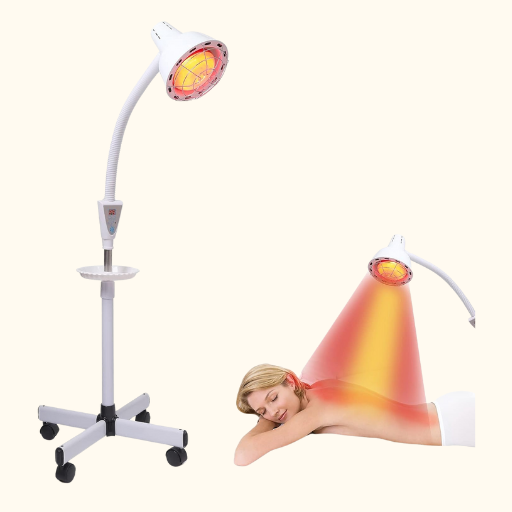
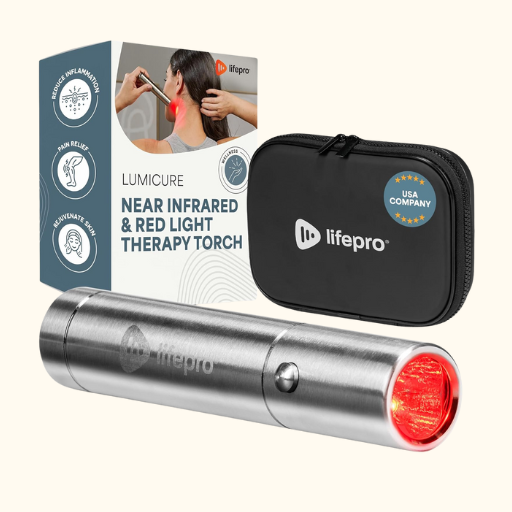
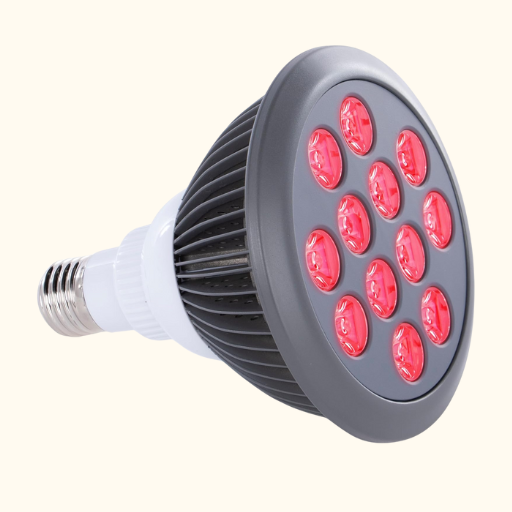

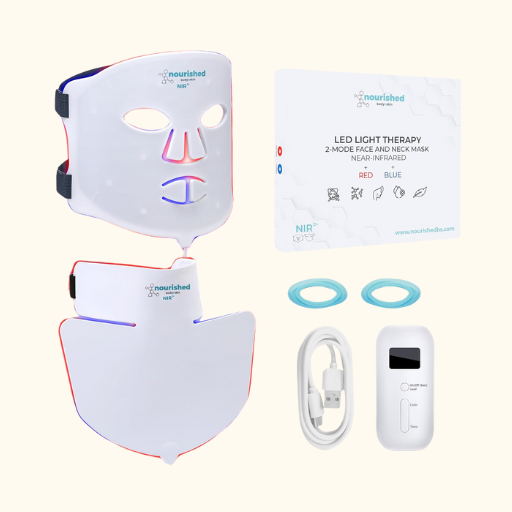
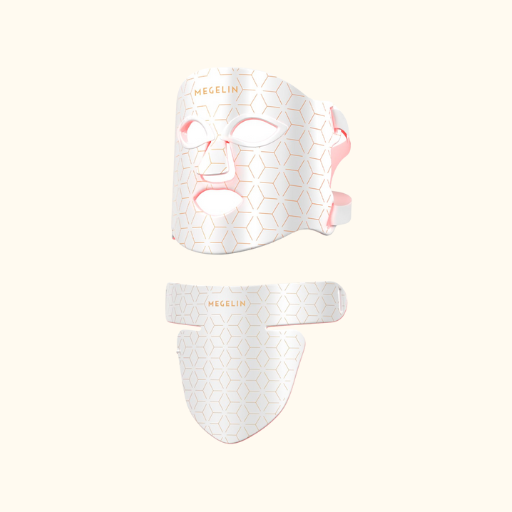
Pin it for later
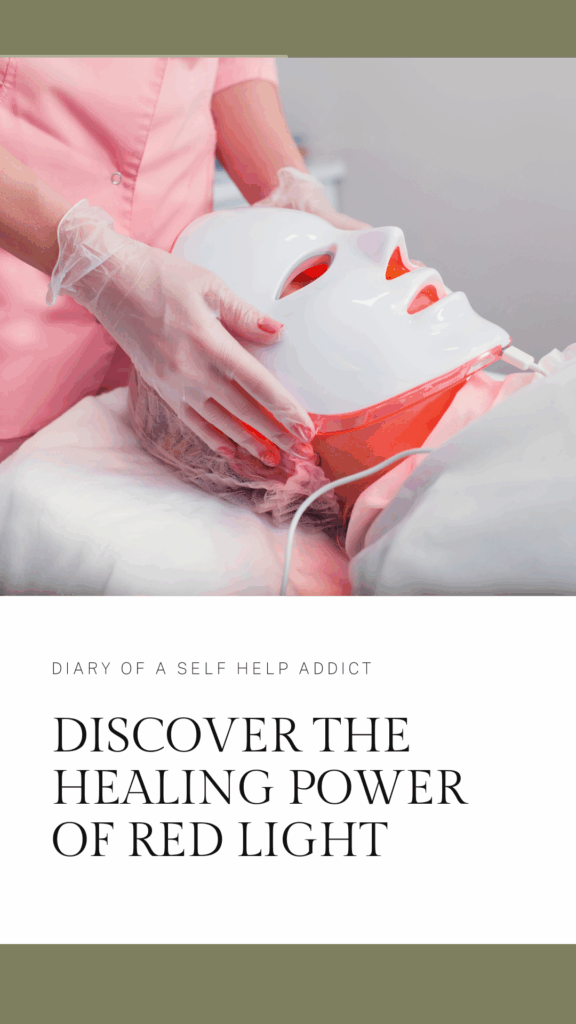

Leave a Reply